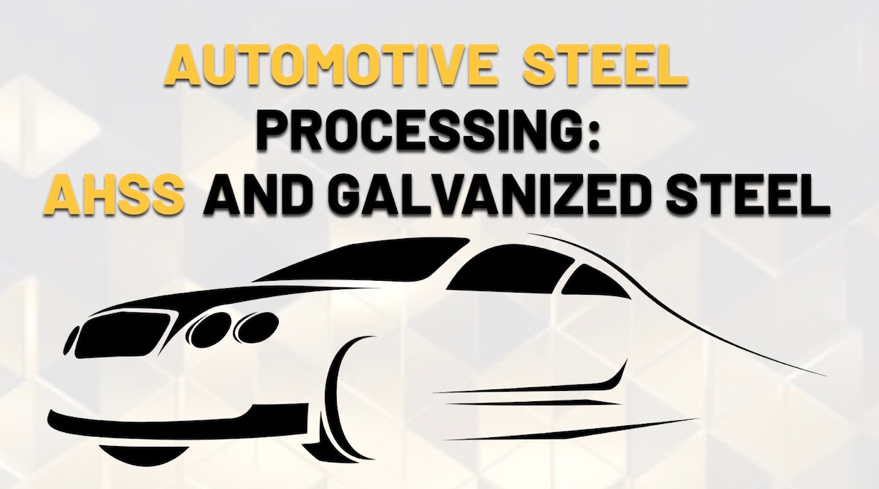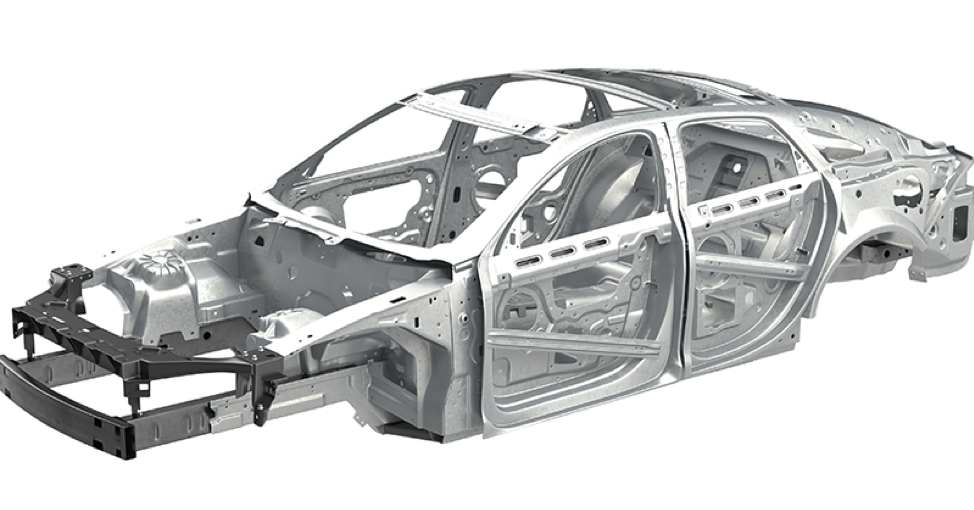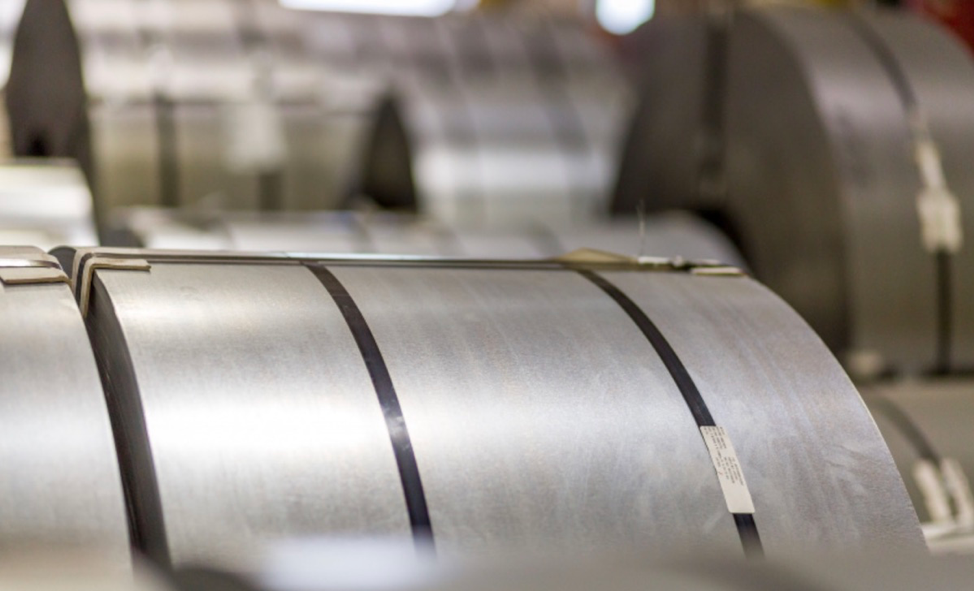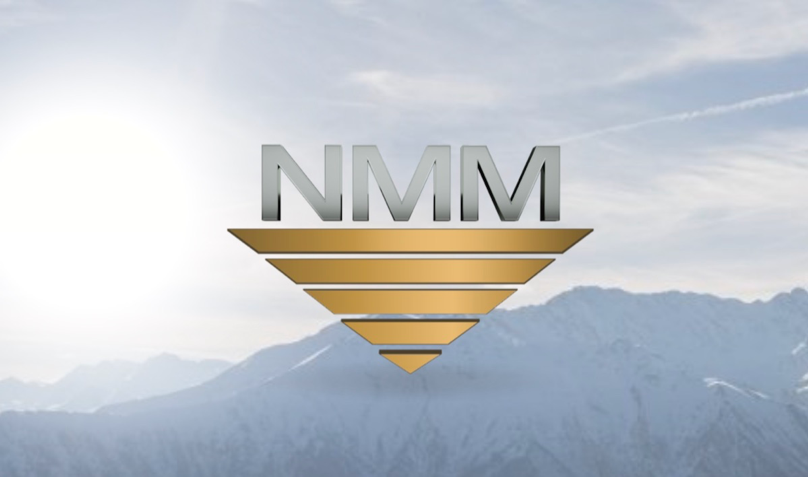New Year, Great Outlook for Metals Processor National Material Company
So what exactly makes National Material Company a top-of-the-line metals processor? Read on to find out.
The world we live in today has been greatly influenced by the steel industry, a legacy that all began in the Iron Age, when humans discovered the power of iron. During that time, steel production was still initially time-consuming and expensive. However, a significant turning point arrived with the introduction of the Bessemer converter. The game-changer came in the mid-19th century, revolutionizing steel manufacturing by making it more accessible and cost-effective. This innovation spurred rapid growth and enabled steel’s critical role in constructing everything from skyscrapers to intricate machinery, profoundly impacting society.
The modern steel industry is a sophisticated and advanced sector, characterized by numerous processes. Over the years, multiple advancements have significantly enhanced the efficiency, sustainability, and affordability of metals and steel processing.
National Material Company: Your Leading Metals Processor
National Material Company is North America’s leading metal processor and service provider with a rich history dating back to 1964. What was once a steel service center for electrical grade steel in Chicago, NMC has impressively expanded its capabilities to all types of flat-rolled steel processing. Over the years, they have built several processing facilities in the United States, making their mark in the flat-rolled steel processing and supply chain management sectors.
Today, National Material Company is recognized as a top choice for customers seeking high-quality metal processing services. Their reputation as a reliable metal processor is strengthened by a skilled team, state-of-the-art equipment, and extensive storage capabilities. With multiple locations across the U.S., they efficiently and cost-effectively meet the diverse needs of their clients. NMC’s commitment to excellence, combined with nearly six decades of experience, makes them an invaluable partner in the metals & steel service industry.
Discover a vast array of solutions, offerings, and expertise that NMC can bring to the table:
Galvanized Steel
NMC’s galvanized steel processing capabilities produce a high-quality metal products treated with zinc to make it corrosion and rust-resistant. Therefore, it will last longer than regular steel. The zinc coating helps to protect the steel from harmful elements that can cause corrosion and rust. This makes it a reliable and durable material for any project. Its durability in withstanding harsh weather conditions makes it so popular to an array of industries. These include automotive, construction, wind and solar, energy, and telecommunications.
Advanced High-Strength Steel (AHSS)
Secondly, one of NMC’s most exciting capabilities is the ability to process advanced high-strength steel (AHSS). Engineers have crafted this special steel to exhibit remarkable strength and lightness by utilizing chemical compositions and manufacturing processes. AHSS can form into complex shapes, thereby enabling manufacturers to decrease the number of individual parts required to create a product. It’s perfect for meeting the automotive industry’s strict regulations and helping manufacturers reduce emissions, improve safety, and enhance fuel economy.




